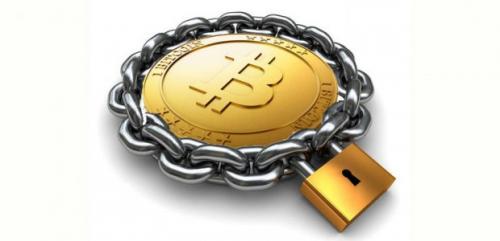
People send each other bitcoins over the network every day. Every transaction is recorded and stored, or else it would not be possible to know who had paid what sums. Every single transaction made during a certain period of time is gathered up by the Bitcoin network to create a list known as a \'block\'.
\r\nBitcoin miners have to confirm every transaction, and then record the details in a general ledger. Traditional money systems allow governments to print money whenever they need to, but Bitcoins are not printed. People discover Bitcoins, and computers right across the world are competing against one another to mine them.
\r\nA long list of blocks is known as a blockchain, and they make up the general ledger. Any transaction made between bitcoin addresses can be looked at, at any point of the network. New transactions are added to the blockchain which produces an ever-increasing list which is regularly updated and sent to everyone involved.
\r\nBlockchain can never be tampered with because the miners take data from a particular block, and change its form by applying a mathematical formula. What is created is far shorter, and looks like random letters and numbers – and this is known as a hash, which is stored with the block, at the end of the blockchain. It is like a digital wax seal, and people can see if it\'s been tampered with in any way.
The blockchain industry has grown exponentially, disrupting traditional markets and creating new opportunities for innovation.
MoreThe UAE has amassed $40 billion in Bitcoin, solidifying its ambition to become a global cryptocurrency hub.
MoreAustralian Computer Scientist Craig Wright Found in Contempt by UK High Court
MoreIn a bold move reinforcing its commitment to cryptocurrency, MicroStrategy announced the acquisition of 5,262 bitcoins for $561 million, elevating its total Bitcoin holdings to an impressive 444,262 BTC, valued at approximately $42.1 billion.
More